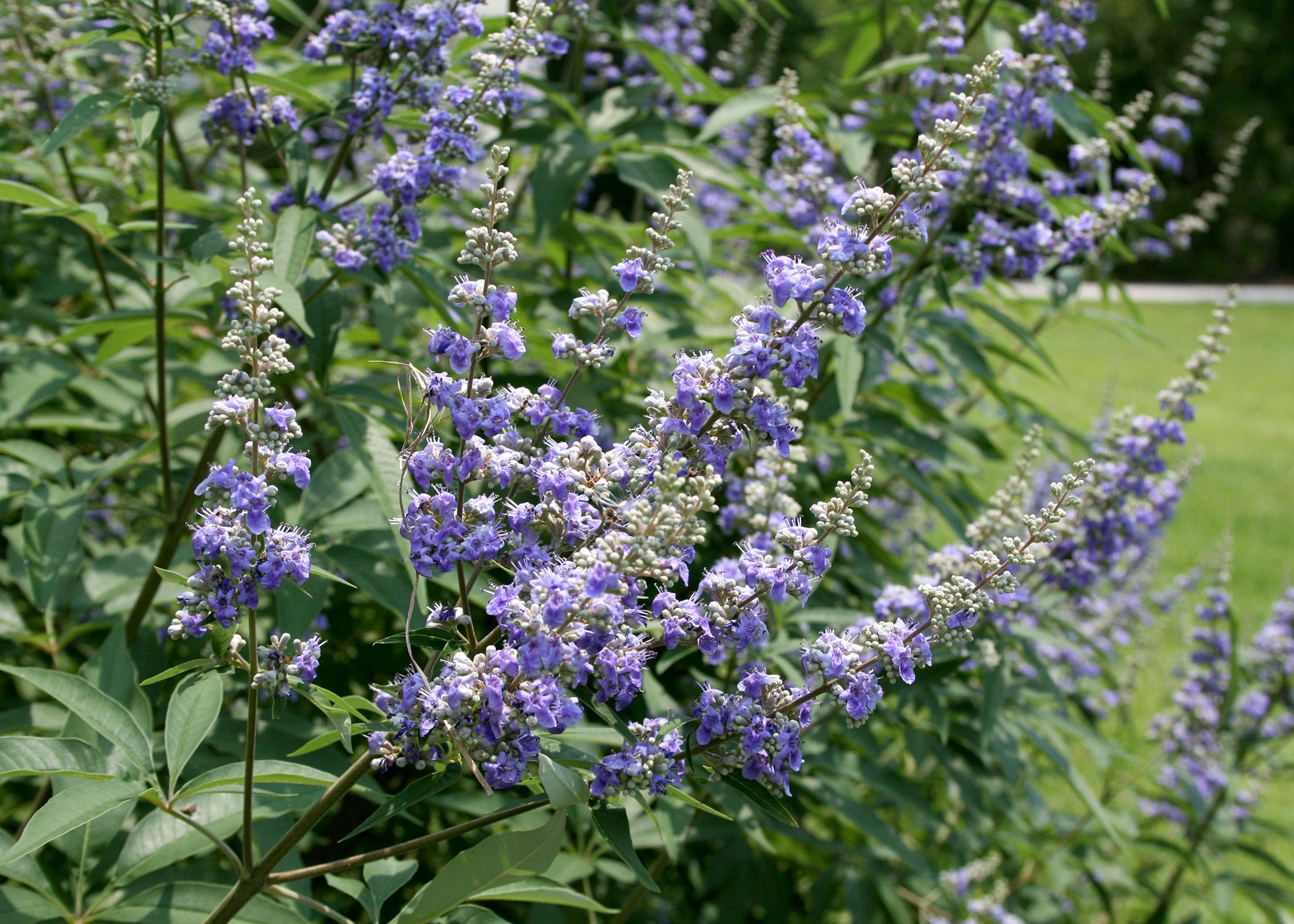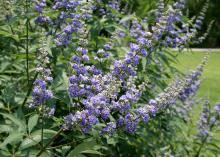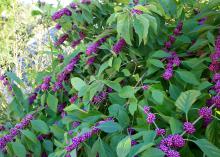Information Possibly Outdated
The information presented on this page was originally released on November 10, 2014. It may not be outdated, but please search our site for more current information. If you plan to quote or reference this information in a publication, please check with the Extension specialist or author before proceeding.
Random garden questions keep gardening interesting
Through the year, I get quite a few questions concerning landscape issues, plant care and plant identification. Answering questions and helping home gardeners find success in their gardening endeavors is fun.
I’ve gotten questions from as far away as California. I have to admit that some of the questions make me think I’m on a game show called “Stump Gary,” and I learn a thing or two researching the answers. This question and answer time feels kind of like two gardeners sharing landscape tips across the back fence.
Here are a couple of questions I’ve recently received:
Q: Hey Gary, lately while driving, I’ve noticed these plants that are loaded with bright purple berries. What are these and where can I get one? Becky
A: Becky, you’ve been noticing one of my absolute favorite native Mississippi plants, the American beautyberry. This plant is commonly seen in the wild growing at the edges of wooded areas all across Mississippi. In fact, this plant is enjoyed all across the Southeast and mid-Atlantic regions.
As you’ve seen, its clusters of bright purple berries put on quite a show. Despite its native status, American beautyberry is quite at home in the landscape.
This plant is one of those great native deciduous plants that have three seasons of interest. In the spring, it has small, pink flowers. Summer brings rich, green foliage that is a good background for summer color, and in the fall, it has purple berries and colorful foliage. The purple berries appear to have a metallic quality when the sunlight reflects off them. Quite often, the berries can persist well into the winter season. Contact your local garden center for availability.
Q: Gary, earlier in the summer you wrote an article about a tree you recommended to plant in south Mississippi that has colorful, purple flowers, is small in height and is drought tolerant. Can you tell me the name of that tree and a nursery in this area that might have it? Thanks, Jackie
A: Jackie, I know exactly what small tree you are asking about. The vitex is another of my favorite landscape plants. Vitex tolerates hot and humid Mississippi weather extremely well, which makes this an outstanding small tree for our landscapes. It is also a good choice for the droughty periods we typically have each summer.
Plant the vitex in partial shade to full sun for best flowering performance. While it tolerates a wide variety of soil conditions and textures, make sure the planting bed is well-drained.
Vitex also tolerates a wide range of pruning styles and can be maintained easily as an 8- to 10-foot-tall small tree. Pruning actually promotes more compact branching, which results in a thicker, bushier plant. Since vitex flowers on the current season’s growth, pruning actually encourages and enhances flowering.
Last year, a friend of mine pruned his vitex close to the ground. The plant started growing back in the spring and now is a beautiful, 3-foot-tall vitex bush. If left alone, vitex can grow up to 20 feet tall and wide. As for where to get this amazing plant, you should check with your favorite local garden center for availability.
So, if you have any gardening or landscape questions you’ve always wondered about, don’t hesitate to ask me. Send them to gbachman@ext.msstate.edu, and I’ll try to help.









